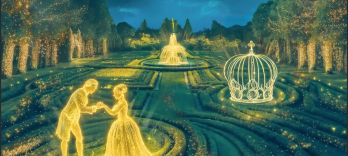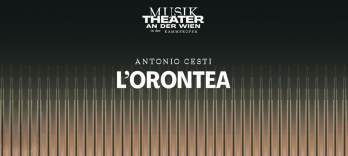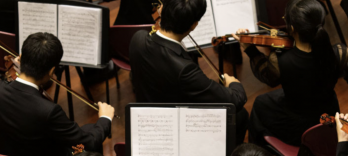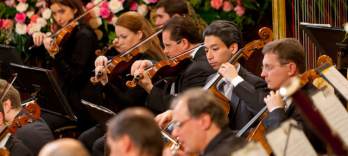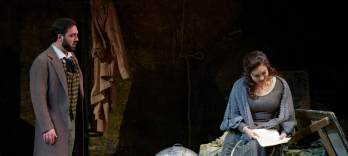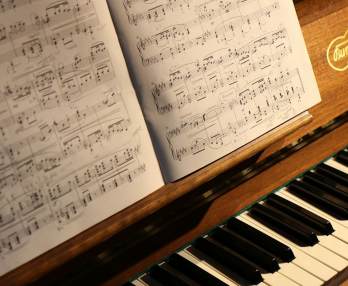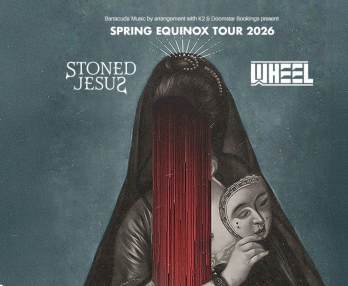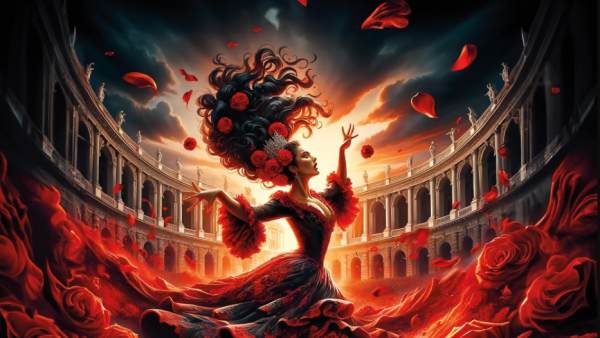Official Tickets for Vienna Concerts, Vienna State Opera, Theaters, Musicals, etc.
What's on
Schönbrunn Palace Concerts Vienna
Wien - Imperial Palace Schönbrunn Concerts
Th 18 Dec 2025, 18:30 - Mo 05 Jan 2026, 20:30
Th 18 Dec 2025, 18:30 - Mo 05 Jan 2026, 20:30
Chamber Opera Vienna
Wien - Chamber Opera Vienna
Th 18 Dec 2025, 19:00 - Mo 29 Dec 2025, 19:00
Th 18 Dec 2025, 19:00 - Mo 29 Dec 2025, 19:00
Musical
Wien - Raimund Theater
Th 18 Dec 2025, 19:30 - Su 28 Jun 2026, 14:00
Th 18 Dec 2025, 19:30 - Su 28 Jun 2026, 14:00
Vienna Royal Orchestra
Wien - Imperial Hall at the Beethovenplatz
Th 18 Dec 2025, 20:30 - Th 17 Dec 2026, 20:30
Th 18 Dec 2025, 20:30 - Th 17 Dec 2026, 20:30
Musikverein Vienna
Wien - Musikverein Golden Hall
Th 18 Dec 2025, 19:30 - 21:30 - Th 21 May 2026, 19:30 - 21:30
Th 18 Dec 2025, 19:30 - 21:30 - Th 21 May 2026, 19:30 - 21:30
Vienna State Opera - Giacomo Puccini
Wien - Vienna State Opera
Th 18 Dec 2025, 19:00-21:30 - Th 25 Dec 2025, 18:30-21:00
Th 18 Dec 2025, 19:00-21:30 - Th 25 Dec 2025, 18:30-21:00
Bestseller events
Latest news
Carmen - Vienna, Austria Summer Opera Festival 2026. Official pre-sale point in Vienna and online or by phone....

 EN
EN DE
DE IT
IT FR
FR ES
ES RU
RU JP
JP RO
RO
